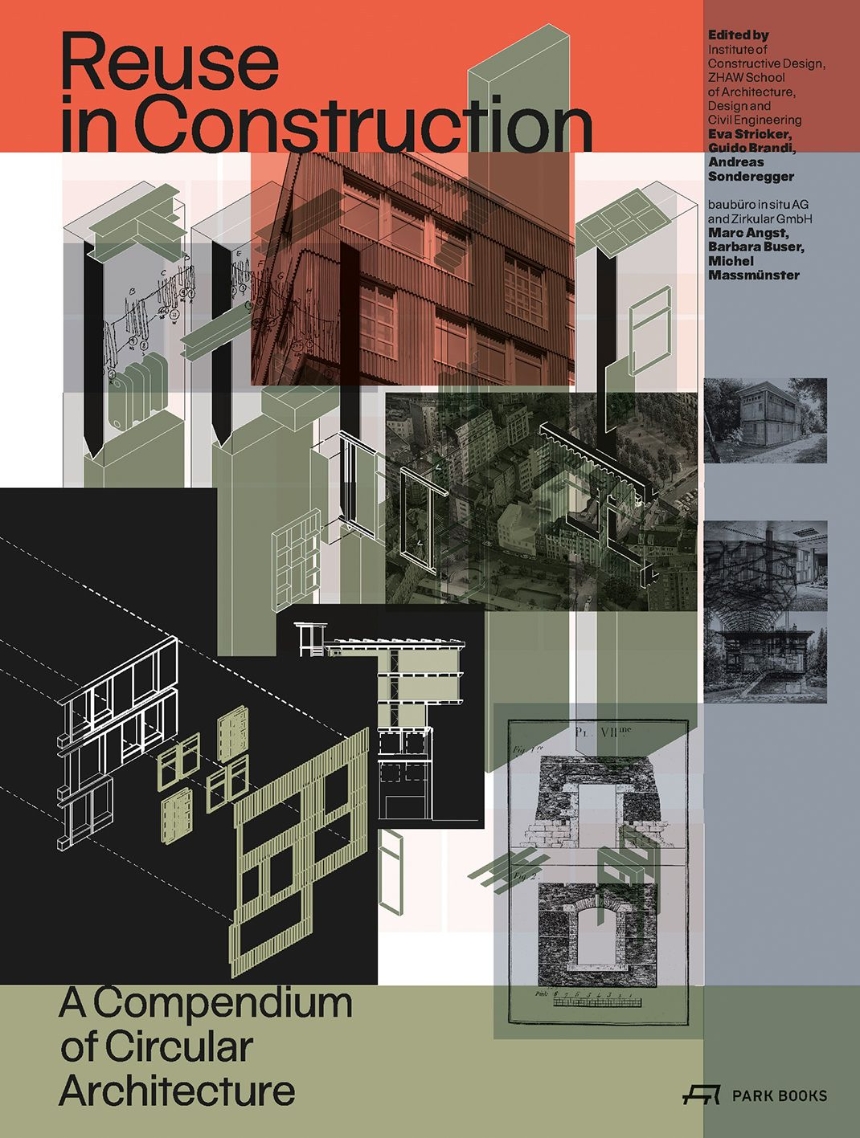A unique and lavishly illustrated compendium of circular architecture today.
Re-using entire parts and components of existing buildings that could last for decades longer, rather than destroying them, offers huge potential in saving increasingly scarce resources. Moreover, it makes construction more climate-friendly through deep cuts in energy consumption and the emission of greenhouse gases. For millennia, disused buildings have been cannibalized for the construction of new ones. Yet, in today’s world, what is known as circular architecture raises a multitude of questions and challenges concerning technology, safety, energy, and associated legal aspects.
This book is a richly illustrated and unique compendium of circular architecture. Through essays and illuminating conversations between experts, all the questions and challenges that architects and engineers face with circular architecture designs are comprehensively explored. Re-Use in Construction is based on the case study of the K.118 project in Winterthur, Switzerland’s largest building to date that consists mainly of reused parts. Since its outset in 2018, the K.118 project has been evaluated on aspects of design and engineering, energy, economy, processes, and legal issues. This volume presents the results in striking visuals and concise texts.
Re-using entire parts and components of existing buildings that could last for decades longer, rather than destroying them, offers huge potential in saving increasingly scarce resources. Moreover, it makes construction more climate-friendly through deep cuts in energy consumption and the emission of greenhouse gases. For millennia, disused buildings have been cannibalized for the construction of new ones. Yet, in today’s world, what is known as circular architecture raises a multitude of questions and challenges concerning technology, safety, energy, and associated legal aspects.
This book is a richly illustrated and unique compendium of circular architecture. Through essays and illuminating conversations between experts, all the questions and challenges that architects and engineers face with circular architecture designs are comprehensively explored. Re-Use in Construction is based on the case study of the K.118 project in Winterthur, Switzerland’s largest building to date that consists mainly of reused parts. Since its outset in 2018, the K.118 project has been evaluated on aspects of design and engineering, energy, economy, processes, and legal issues. This volume presents the results in striking visuals and concise texts.
344 pages | 401 color plates,54 halftones | 8 1/2 x 11 1/4 | © 2022
Architecture: European Architecture

